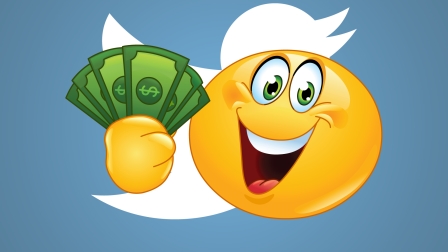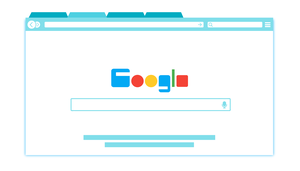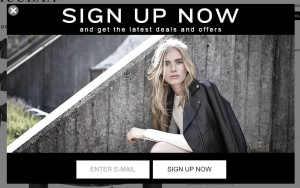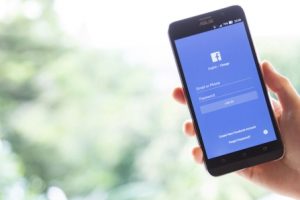Promoted Stickers marks Twitter’s latest attempt — and the latest example of a trend — to inject brands not only into people’s content feeds but into the actual content.

Social advertising used to be about brands inserting themselves in people’s content feeds. It still is. But it’s also become about brands inserting themselves into the actual content in those feeds. Cases in point: Snapchat’s Sponsored Lenses, Facebook Live’s mid-roll ads and now Twitter’s Promoted Stickers.
Twitter is rolling out a way for people to slap an ad right on the photos they post to its social network. These ads are the branded version of the Stickers that Twitter introduced in June for people to add emoji-like illustrations to their photos, as they can on Snapchat (and Facebook, if you know where to find that feature). As with non-ad stickers, people can click on a branded sticker to see photos from other people who included it.
Pepsi is the first brand to run these ads, posting less than 50 branded stickers to Twitter’s Stickers library for people in Argentina, Canada, Egypt, India, Mexico, Russia, Saudi Arabia, Spain, United Arab Emirates and the US.
For now, only certain brands with their own Twitter sales reps will be able to buy Promoted Stickers. Brands can create four or eight stickers that Twitter will display in its Stickers library.
Twitter won’t answer my question about how brands are being charged for these campaigns, which is unusual and weird because that’s an important consideration. If a brand only pays when someone adds a sticker to their photo, that can be more cost-effective for the brand because of all the impressions they can get from that person’s followers and, if those followers retweet the branded photo, those followers’ followers. But if a brand has to pay based on how many people see the branded photo, then it’s less of a deal.
A maximum of eight Promoted Stickers per day will be available in a given market, but brands won’t be able to only make them available to certain audiences within a market, is what the spokesperson would say about the new ads.
Assuming brands are only charged when someone applies a sticker to a photo, and not for all the people who see that photo — which Twitter won’t say is or is not the case — the appeal of these ads to brands would seem to be the idea of turning Twitter’s audience into unpaid spokespeople. It’s the same idea as handing out free real-life stickers with a brand’s logo that people can put on the back of their car or the lid of their laptop. And for Twitter, the appeal is an improved sales pitch — assuming people actually use these stickers and the brands are cool with its pricing structure. People become brand megaphones, amplifying advertisers’ reach and potentially carrying more clout than a normal ad that comes directly from a brand.
This isn’t Twitter’s first attempt at getting people to inject brands into their tweets. A few months after Snapchat unveiled Sponsored Filters for people to add branded overlays to their photos and videos, Twitter unveiled sponsored emojis that people could include in their tweets and that brands would pay for. And this year, Twitter introduced its conversational ad format that advertisers could use to prompt people to tweet a branded message — complete with a branded hashtag and photo or video — to their followers on a brand’s behalf.
Marketing Land – Internet Marketing News, Strategies & Tips
(23)
Report Post






